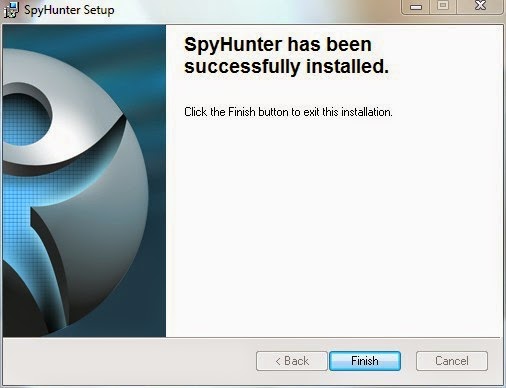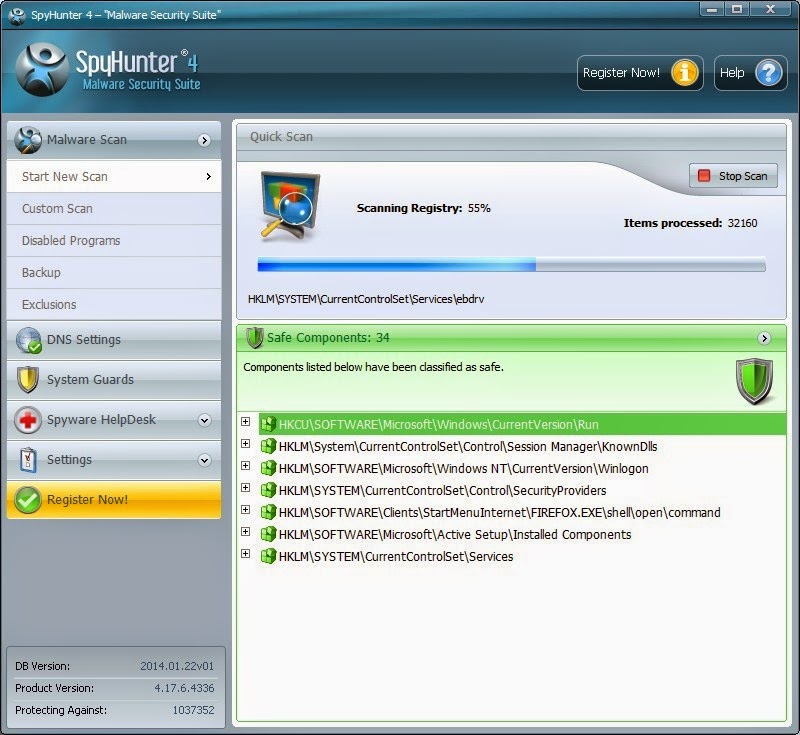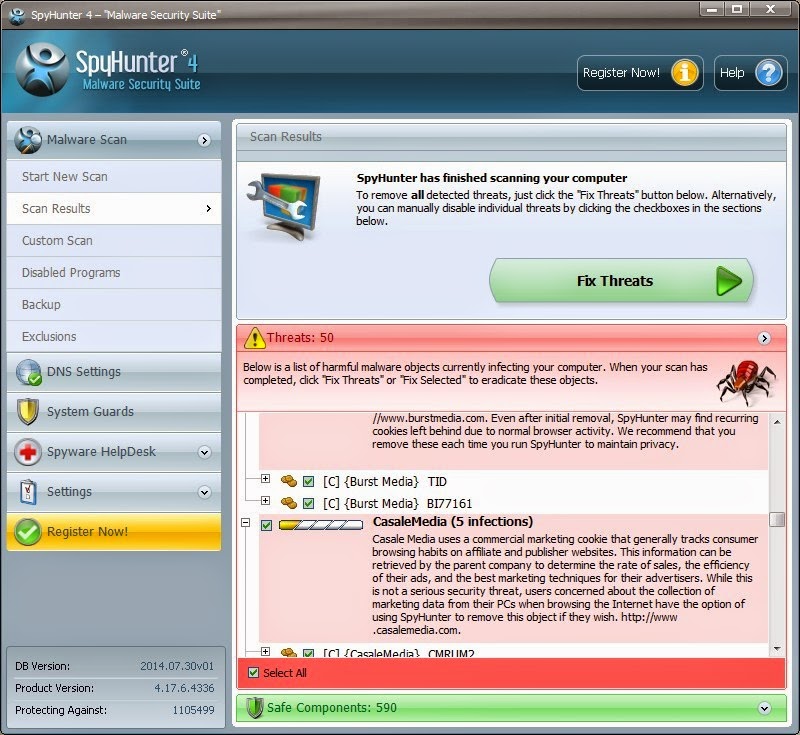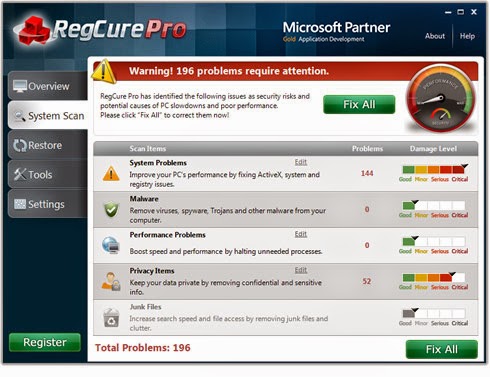"It looks like I have the same csrss.exe, winlogon.exe problem discussed in other posts. It appears in Task Manager/Performance that they are consistently chewing up memory and CPU. They also appear as the top #1 & #2 in the Processes list. Performance is generally slow."
Csrss.exe and winlogon.exe are two critical components of Microsoft Windows operating systems. Csrss.exe is mainly responsible for Win32 console handling and GUI shutdown, while winlogon.exe is responsible for handling the secure attention sequence, loading the user profile on logon, and optionally locking the computer when a screensaver is running.
Technically speaking, csrss.exe and winlogon.exe can be corrupted if the system is attacked by malicious computer threats that could modify their function and increase memory usage. Once infected, your computer will encounter different issues such as slow performance, personal date exposed, important system files modified, high CPU usage, common used programs inoperative, poor internet connection, even unexpected system crashes. Even worse, the threat seeks the system security leaks to make your system vulnerable for other risky viruses, which can put your system into deep trouble.
It has been mentioned before that csrss.exe and winlogon.exe are critical to system operation. Terminating these processes will result in system failure. Therefore, it is a nonsense that some online posts propose that csrss.exe and winlogon.exe should be terminated and removed from the infected computer immediately. This, obviously, would actually lead to system failure and a blue screen of death.
To fix the csrss.exe and winlogon.exe issues, you should firstly remove existing threats from the computer manually or automatically with an advanced antivirus program (e.g. Malwarebytes, SpyHunter, etc.), and then fix system errors and corrupted files using RegCure Pro.
STEP 1: Remove Existing Threats from Your PC
Manual Removal
Different kinds of computer threats have different removal methods.
- Adware Removal Guide
- Browser Hijacker Removal Guide
- Trojan Horse Removal Guide
- Ransomware Removal Guide
- Rogueware Removal Guide
- Fake Alert Removal Guide
- Fake Update Removal Guide
Automatic Removal ( Takes SpyHunter as An Example)
SpyHunter is a powerful, real-time
anti-spyware application that designed to assist the average computer user in
protecting their PC from malicious threats like worms, Trojans, rootkits,
rogues, spyware,etc.




Note: SpyHunter's free version is only for malware detection. To remove the malware threats on your PC, you will need to purchase SpyHunter's
malware removal tool.
STEP 3: Fix System Errors and Corrupted Files Using RegCure Pro
RegCure Pro is an advanced optimizer which
is able to solve your computer system problems, remove your privacy items
produced by online searches, delete junk files, uninstall malware and fix
performance problems.
(Please be at ease for RegCure Pro, since it will never bundle with any programs and it can get along with existing security programs without any conflicts.)

3) After the installation is complete, open the program and scan your system for unnecessary files and invalid registry entries. That will take some time for the first scanning. Please wait while the program scans your system for performance problems.

4) When the System Scan is done, click "Fix All" button to correct all the security risks and potential causes of your computer slow performance.


No comments:
Post a Comment